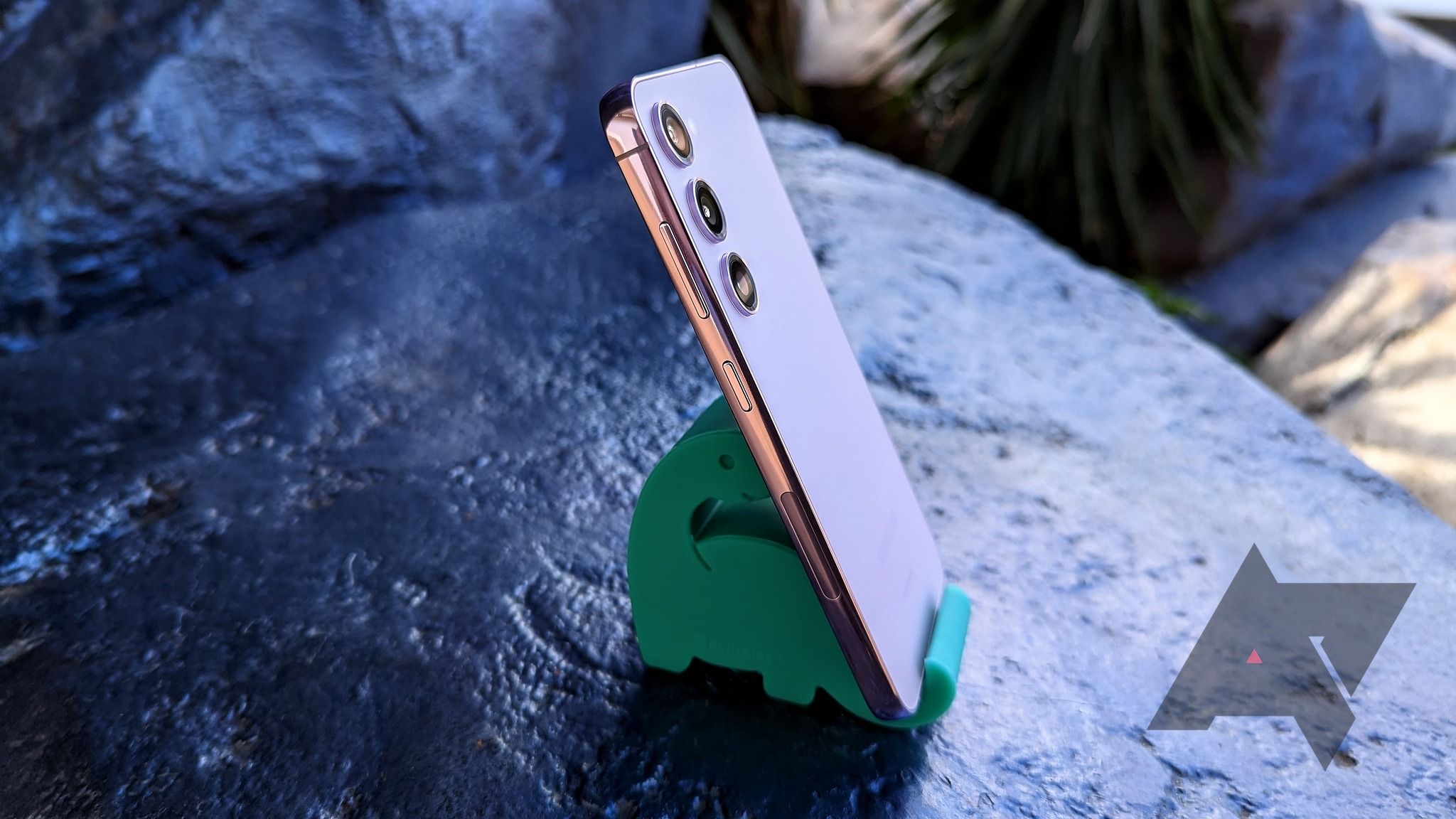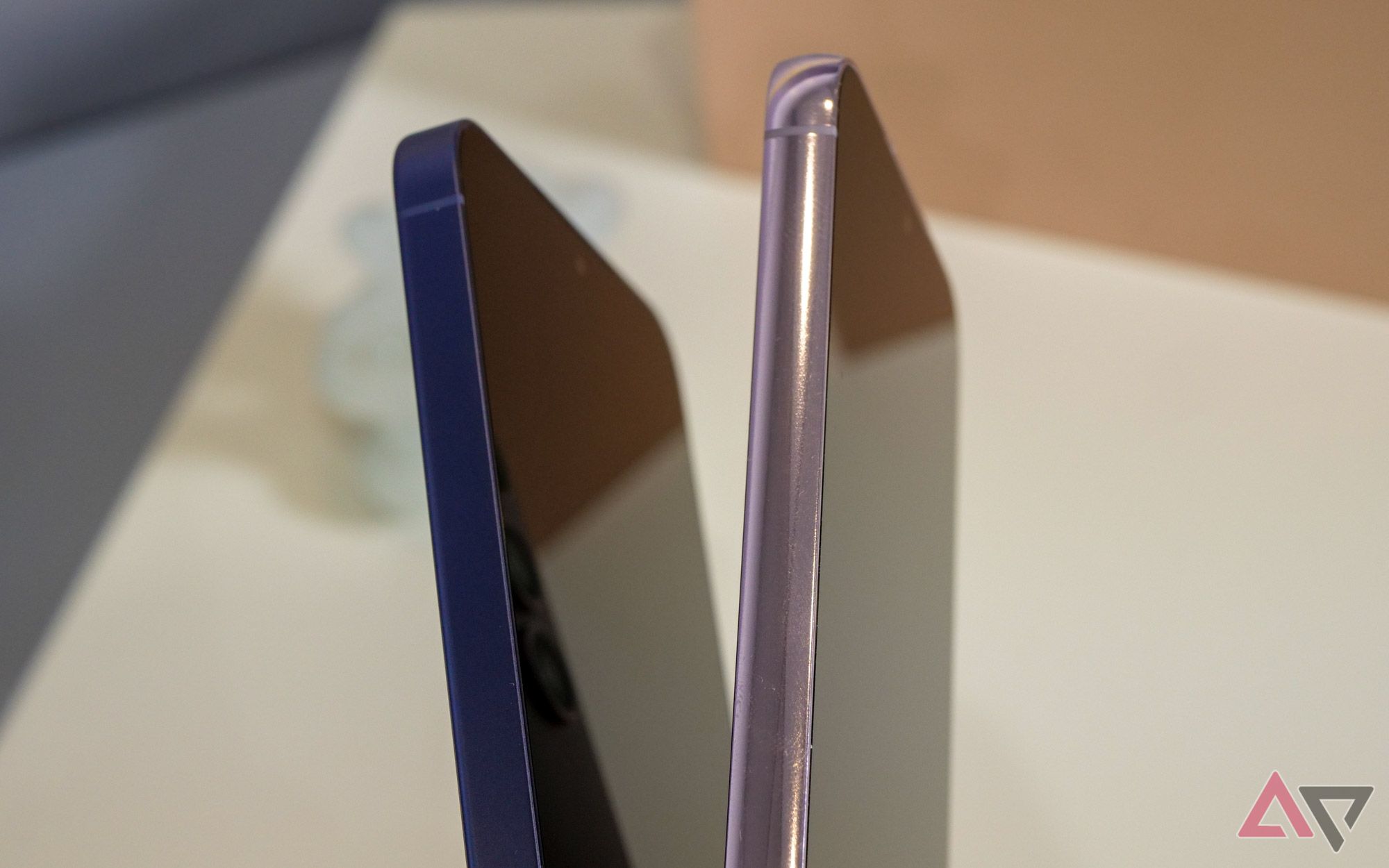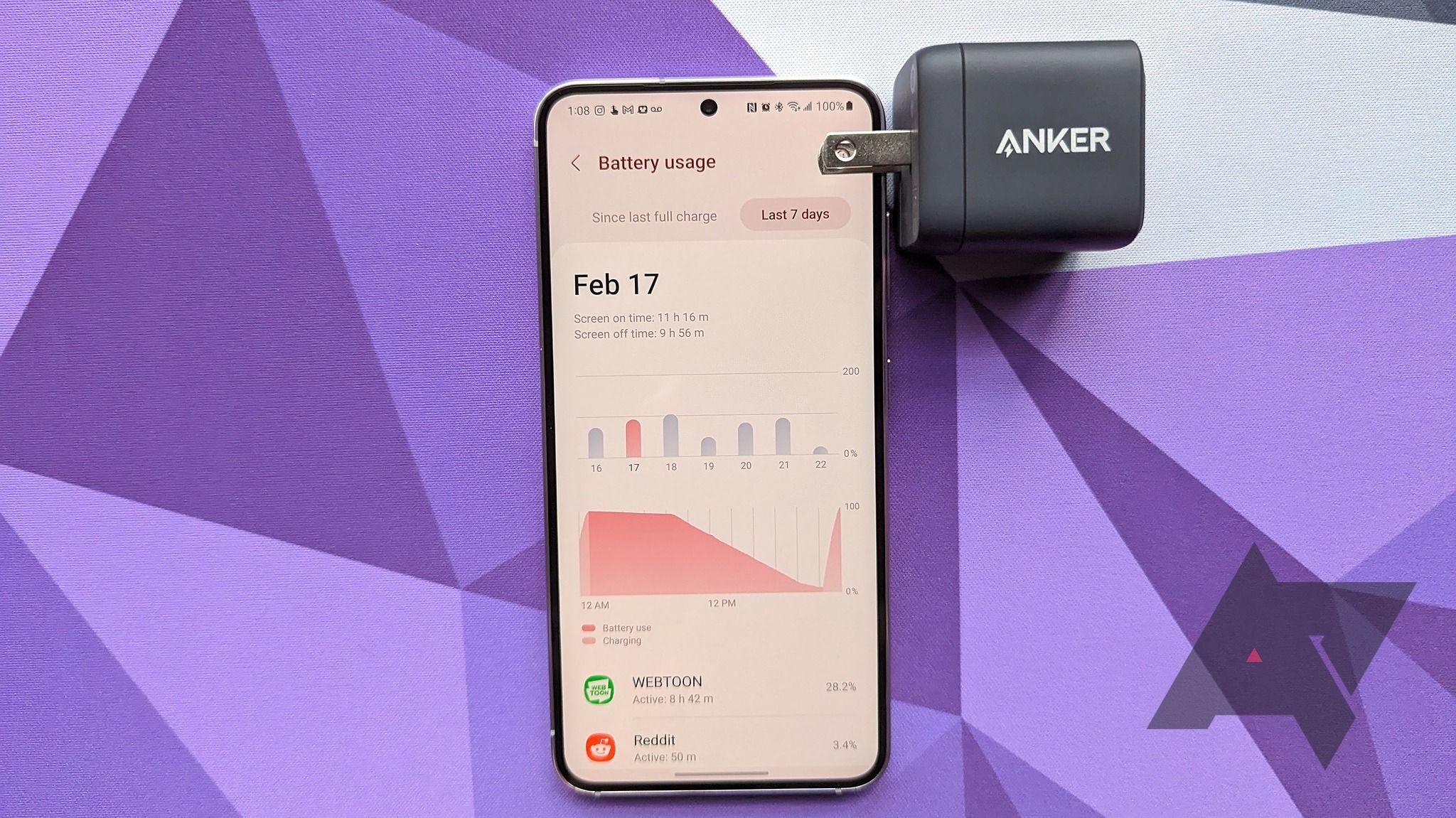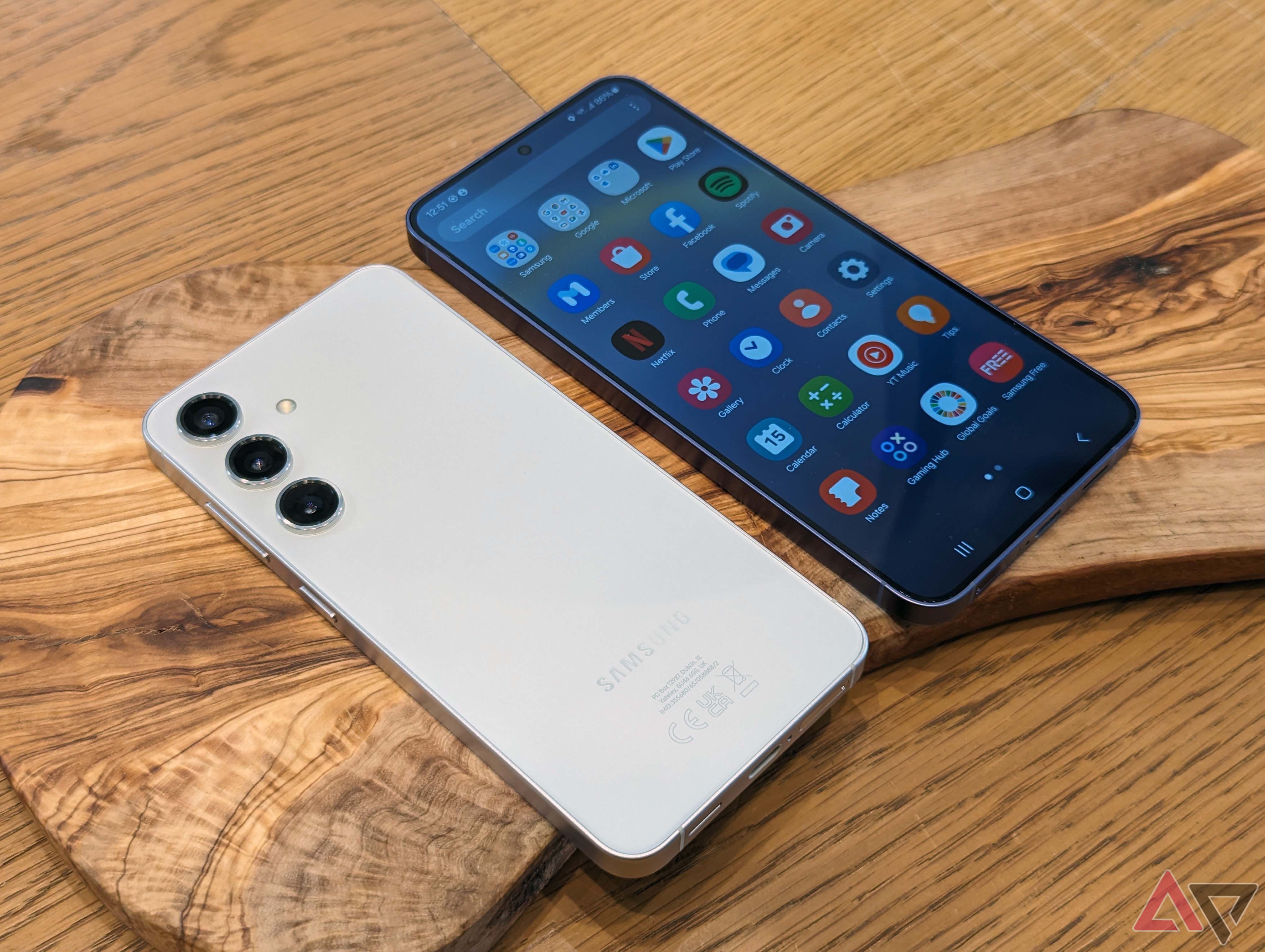-
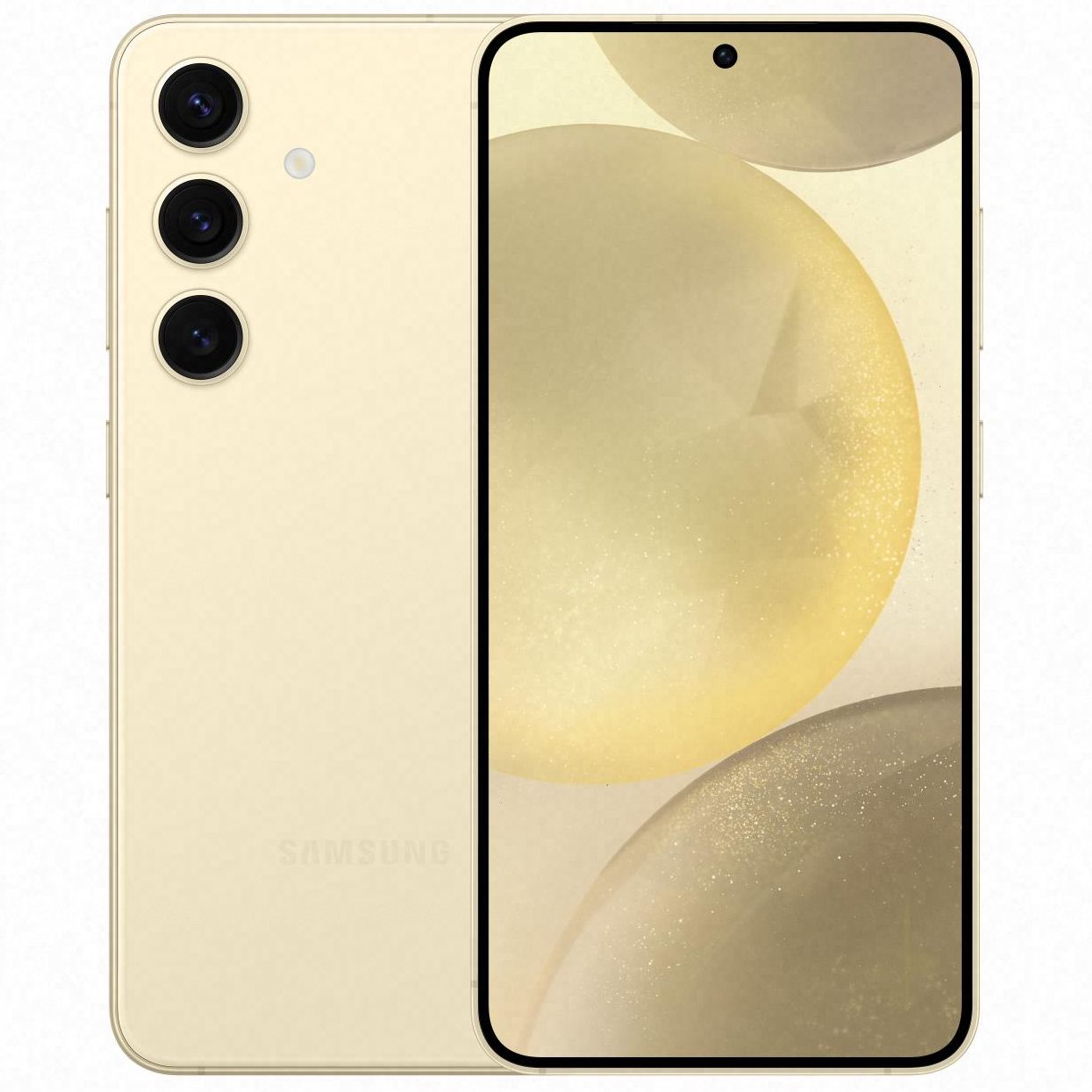
Samsung Galaxy S24
The new flatness
Samsung’s newest small flagship may be just like its predecessor, but upgrades to the battery life and screen make it the better buy if you’re shopping at list price or taking advantage of carrier deals. Performance is as steadfast as we’d expect of Samsung software on a Snapdragon 8 Gen 3, and the color selection looks a bit better this year, too.
Pros- Brighter screen with 1-120Hz adaptable refresh rate
- Battery life extended by 8 Gen 3 and adaptable screen
- Seven years of system updates
Cons- Cameras still don’t handle motion or darkness well
- AI features are entirely forgettable
-
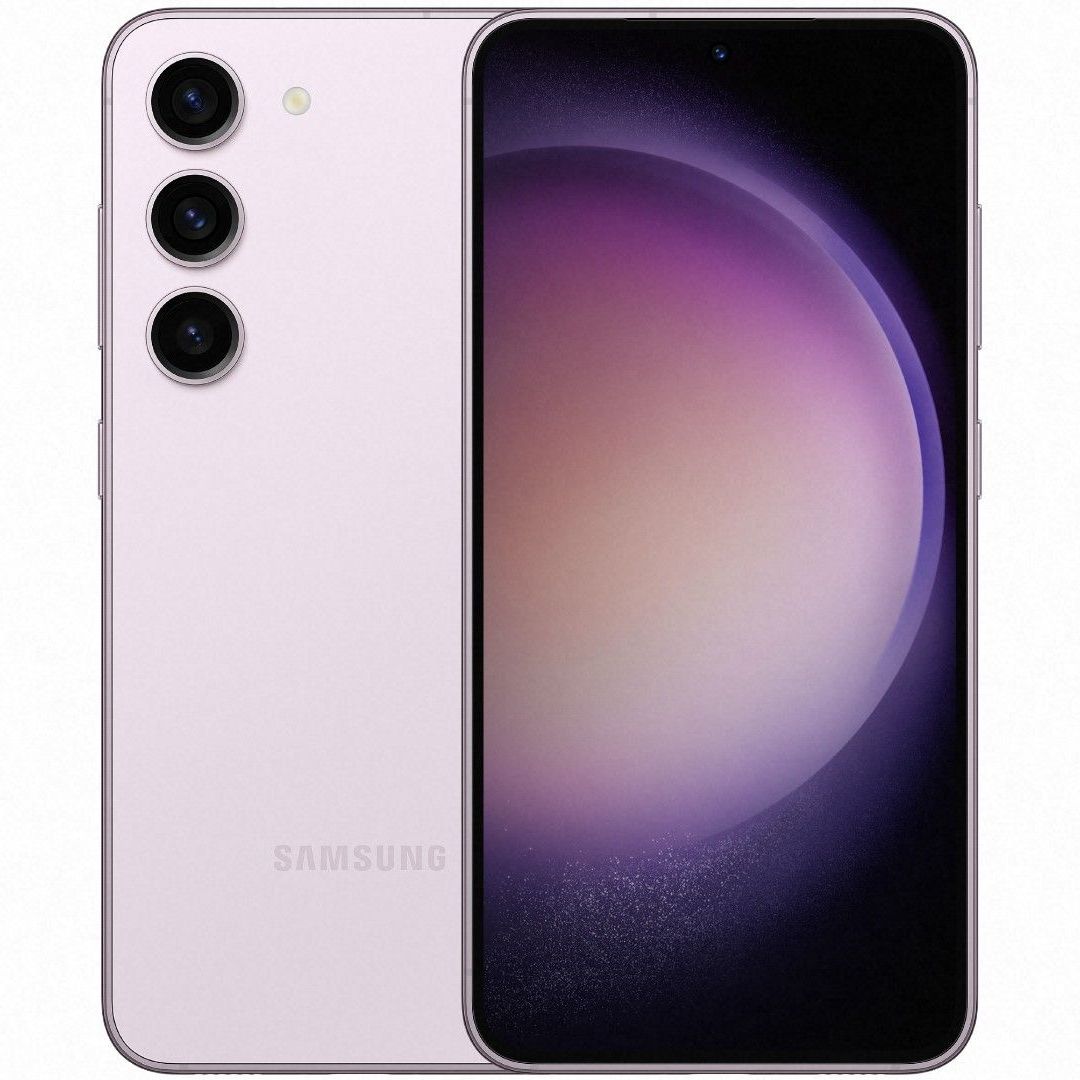
Samsung Galaxy S23
Still curvy and cute
It’s a year older and a generation behind at this point, but if the Galaxy S23 is properly on sale, it can be a great way to save some money while still getting that flagship finish and flagship performance. The only problem is that the base-model S23 hasn’t seen many deals and is only $100 off now that the S24 is here.
Pros- Rounded bezels feel a bit better to my hand, but YMMV
- Still performs well and should last a day (or most of one) on one charge
- Galaxy AI features are getting backported here, too
Cons- “Only” has four years of updates left
- Blurry photos are pretty normal here, too
- $700 is too close to the S23 FE and the S24, which get sales more frequently
As a lover of super, small smartphones, the Samsung Galaxy S24 excites me the most out of the new series because it’s seen the most marked improvements out of the trio. Samsung and the phone-buying public tend to obsess over the Ultra’s overstuffed toolbox of features, leaving the “cheap” chibi versions with a basic processor bump and maybe updated cameras. Last year’s Samsung Galaxy S23 fell into this category, with only the improved battery life setting it apart from its predecessors. The Galaxy S24 may look like a carbon copy, but there’s more going on here than you’ll notice on the surface.
I would never recommend someone upgrade from the Galaxy S23 to the S24 unless their S23 is irrevocably broken. But as Samsung is keeping the S23 around at a reduced price, the question of which one of these twins is more worthy of your money is a seemingly tough one. But as an evil twin myself, I can tell you that there’s definitely a clear advantage once you look past the surface commonalities.
Price, specs & availability
Don’t go thinking the Galaxy S23 is a dinosaur just yet.
Samsung’s Galaxy S24 released on January 31, 2024 after being announced on January 17. This phone starts at $800 for the 128GB version at all major carriers and retailers. Most retailers have all four standard colors, but only Samsung’s own website has the exclusive S24 colors of Jade Green, Sandstone Orange, and Sapphire Blue.
All carriers have offers of either a free Galaxy S24 with trade-in on a qualifying unlimited plan or for new customers, and if you can stand your updates being a little later than the unlocked model, you should absolutely take advantage of these deals instead of paying $800 for this phone.
Originally launched at $800 last year, the Galaxy S23 has now been price-dropped to $700 to make room for the new kid on the block.
You’d expect the S23 to get deals left, right, and center now that it’s been out for a year, but it hasn’t seen even half the number of deals the S23 Ultra has in the last year, and the $600 Samsung Galaxy S23 FE has gotten the promotional love in the last three months since its release. Amazon’s already started running low on its supply, so outside major deals events — Memorial Day, Prime Day, or Black Friday — you’ll need to look at carriers, Samsung’s website, and Best Buy’s Activate Today deals for it.
-
Samsung Galaxy S24 Samsung Galaxy S23 SoC Qualcomm Snapdragon 8 Gen 3 for Galaxy (US), Exynos 2400 (worldwide) Qualcomm Snapdragon 8 Gen 2 for Galaxy RAM 8GB 8GB Storage 128GB or 256GB 128GB, 256GB Battery 4,000mAh 3,900mAh Ports USB-C USB-C Operating System Android 14 and One UI 6.1 Android 14 and One UI 6 Front camera 12MP, f/2.2 12MP, f/2.2 Rear camera 50MP, f/1.8 OIS main; 12MP, f/2.2 ultrawide; 10MP, f/2.4, 3x telephoto 50MP, f/1.8, OIS main; 12MP, f/2.2 ultrawide; 10MP, f/2.4, OIS, 3x telephoto Connectivity NFC NFC Dimensions 147.1 x 70.6 x 7.6mm 146.3 × 70.9 × 7.6mm Colors Onyx Black, Marble Gray, Cobalt Violet, Amber Yellow, Jade Green, Sapphire Blue, and Sandstone Orange Phantom Black, Cream, Green, Lavender + Samsung.com exclusive Lime, Graphite Display type AMOLED, 1-120Hz AMOLED, 120Hz Weight 168g 168g Charge speed 25W wired, 15W wireless 25W wired, 15W wireless IP Rating IP68 IP68 Price From $800 From $700 Stylus No No Display dimensions 6.2″, 19.5:9 6.1″, 19.5:9 Display resolution 2340 × 1080 2340 × 1080 Charge options USB-C wired, Qi wireless USB-C wired, Qi wireless SIM support Dual SIM (Nano SIM and eSIM) Dual SIM (Nano SIM and eSIM) Cellular connectivity 4G LTE, 5G (sub-6 and mmWave) 5G, LTE, mmWave Wi-Fi connectivity Wi-Fi 6E, Wi-Fi Direct Wi-Fi 6E Bluetooth Bluetooth 5.3 Bluetooth 5.3
Design and display
Would you like that frame flat or curved?
You know those shows where the identical twins can only be told apart by their hairstyle or a color motif? That’s how it feels holding the S24 and S23 side by side. One has flat sides, and one has slightly curved sides. Both have bright screens — though the S24 can get brighter in full sun, you’ll mostly see the phones at the same adaptive brightness — and both have battery life to last through the day. (Or day and a half in the S24’s case if you’re mostly on Wi-Fi like my shut-in self.)
They weigh the same and are so similar in size that they can somewhat awkwardly fit into each other’s cases. Outside the flat, more matte sides of the S24, the only other exterior differences between these doppelgangers are that the S24 is a millimeter taller, and the flash now sits between the level of the top two cameras rather than in line with the main camera.
The matte texture on the Galaxy S24’s frame honestly makes more difference than the switch to iPhone-standardized flat sides; the S23’s shinier mirror finish is more slippery and is a fingerprint magnet. Both of those issues are solved with this change — not that you’ll really notice once you slip it into a magnificent Galaxy S24 case — and depending on the color of your Galaxy S24, the frame has a much better color than the backplate in real life.
I have the Cobalt Violet S24 in my hand, and in some kinds of light, it looks like a totally purple phone, and sometimes it looks like a purple-framed phone with a lifeless gray back. The texture on that back glass feels excellent, though.
Software and performance
Same software, for better or worse
Samsung is starting off One UI 6.1 on the Galaxy S24, but it’ll be coming to S23 with the new Galaxy AI suite in due time, and while the S24’s seven years of system updates sounds impressive on its own, the S23’s five-year promise (with four years left) isn’t shabby by any means.
Both are running Android 14, and both have access to Samsung’s vast array of useful — and useless, in many cases — features stuffed into the main Settings app, as well as the intense customization engine known as Good Lock, which can do everything from building a system theme from scratch to fixing unwelcome navigation bar changes that arrived on the Galaxy S24 as part of the new Circle to Search feature.
There are neat, almost hidden features in One UI that will become downright essential once you’re used to them. Temporary mute, music share, and the ability to set multiple device modes beyond “sleep” and “work” are three that I can no longer live without, but they’re just the tip of the formerly TouchWiz iceberg. They’ve all behaved exactly the same on my Galaxy S24 as they did on my Galaxy S23.
I’ve tried dozens and dozens of Android apps, from games to doomscrolling social media, to binge-watching D&D, to an obscene amount of webtoon reading. Both have the same battery optimizations, but the combination of a more efficient screen — thanks to that 1-120Hz adaptable screen rate — and an even more efficient Snapdragon 8 Gen 3 helps the S24 eke out an extra hour or three per charge.
In most instances, this consistency is a godsend. It’s why people come back to Galaxy phones year after year, even when they haven’t done anything “exciting” for almost half a decade now (since they added S Pen support to the Ultra in 2021 and started refining their foldables in 2020). But this reticence to change also means that the same software pain points from last generation are basically all unaddressed here, and the biggest among them is the camera software.
Cameras
Great sensors ruined by consistently blurry photos
If you take photos outside, during the day, of still targets, the Galaxy S24 can turn out fine photos. I’ve spent the last year shooting too many photos with the Galaxy S23 and hoping there’d be at least a couple decent, in-focus, non-blurred options. And for social media and TikTok, the cameras here will be perfectly fine, but if you’re going to pay $700 or $800, it shouldn’t blur literally every photo I took at a concert hall.
It’s still early days, and I’ll be updating this comparison once I’ve taken full side-by-side samples, but for now, outside the telephoto getting OIS, these cameras give the same “great is possible but not guaranteed” daytime performance and “yeah, you better pray” nighttime struggle. This is not limited to the smallest S24: both our Galaxy S24+ review and Galaxy S24 Ultra review spent a good amount of time discussing the struggles these Sony sensors — which no other manufacturer is having even half this much trouble with — have with blurring, shutter speed, and skewed lighting/color relating to Samsung’s image processing.
These issues are not new, and they are not fixed on either model, so if you need consistently great pictures of your pets or preschool children, you’ll need to step away from either of these and look at the also-$700 Pixel 8 instead.
Which is right for you?
If you’re buying your phone with carrier discounts/incentives or want a phone that will last the longest, the Samsung Galaxy S24 is a clear winner. A significantly longer update cycle, newer battery, better screen, and the improved efficiency of the Snapdragon 8 Gen 3 combine into a phone that better earns its $800 price tag than the $700 S23. I wish that we’d gotten a few more upgrades — such as UWB support for digital car keys and smart tags — but One UI and its many, many, many available features will flex and mold well to just about any user’s lifestyle.

Samsung Galaxy S24
Flatter and longer-lasting
The Galaxy S24 may not make any big, bold changes, but it didn’t need to. The hardware is superb, and (outside the camera) One UI’s software is equally polished and is now promised seven years of system upgrades.
When you can find it on sale, especially for $600 or less, the Samsung Galaxy S23 can give you 97% of the same performance for a fraction of the cost. After all, even the new Galaxy AI that Samsung has been basing its entire Galaxy S24 series marketing around will be coming to the S23 in an update, and this phone still has four years of system and security updates left on it. So even if it’s not seven years, you’ll get system updates for almost assuredly longer than you’ll own it before upgrading to the new hotness again.

Samsung Galaxy S23
Catch it on sale
$717 $780 Save $63
It may not be newer, but the S23 is a shinier smartphone that’s still long-lasting and wonderful outside of some camera inconsistencies. You’ll definitely want to make sure that you’re buying it for less than $700; don’t be fooled by deals that count their discounts from the original $800 price.
Source link

